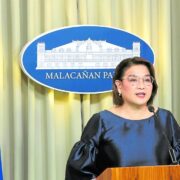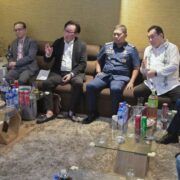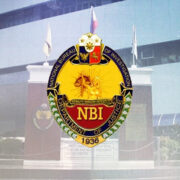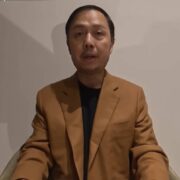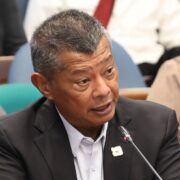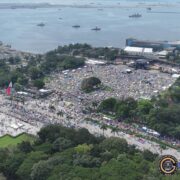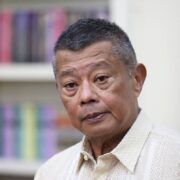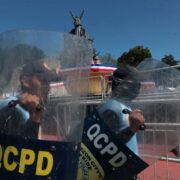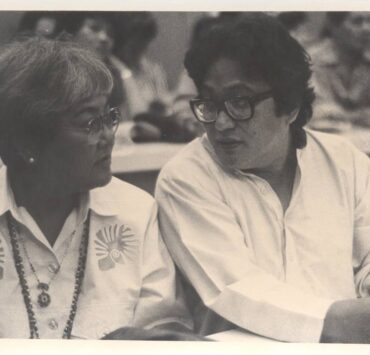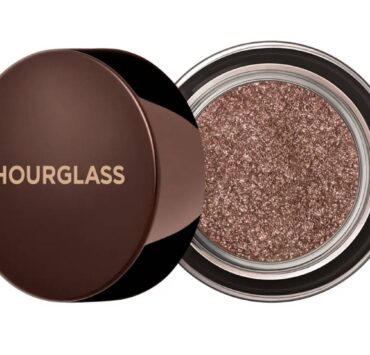What Carla Sozzani and Sara Maino taught me about authorship
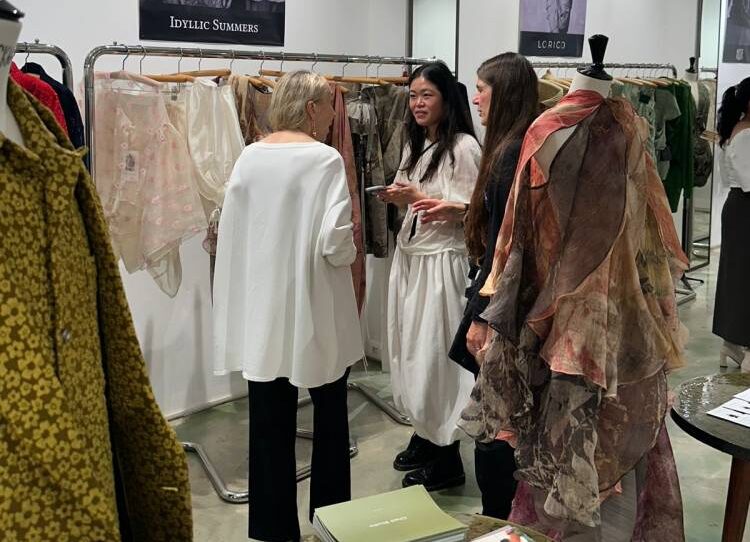
Behind the presentations and press moments of FashionPhilippines Milan lay something quieter and more radical: a shared belief among a new generation of designers that fashion can be a language of thought. In that space—guided by conversations with Carla Sozzani and Sara Maino—authorship emerged not as a luxury, but as a necessity.
When I boarded the plane to Milan, I knew I wasn’t simply bringing clothes to another context. I was carrying years of questions—about what fashion can be, what it should do, and how someone as interdisciplinary as me, who has already moved through many of its gates as an industry professional, might now write an authored practice into a global system that often feels already written.
It was about testing whether Idyllic Summers—a practice from the global south built on craft, collaboration, and inquiry—could speak in a language that the global system would recognize.
The language of fashion
At the heart of my practice is a belief that fashion should question, not only decorate, and that its language must be built collaboratively, not individually. That belief underpins my work at Idyllic Summers, most significantly my collaborations with artists Geraldine Javier and Marionne Contreras—and the many hands whose knowledge shapes our garments, long before they reach an audience.
Earthbound, for example, refuses to separate aesthetics from politics. It embeds ecological cycles, material memory, and collective labor into clothing: from hand-loomed piña woven in Aklan and experimental textiles developed with the Philippine Textile Research Institute to embroideries by T’Boli artisans and the meticulous construction of Cavite-based seamstresses.
These processes turn garments into living records of shared histories, labor, and critique. And bringing that work to Milan meant carrying not just my own authorship but a collective one—a shared insistence that clothing can think, speak, and intervene.
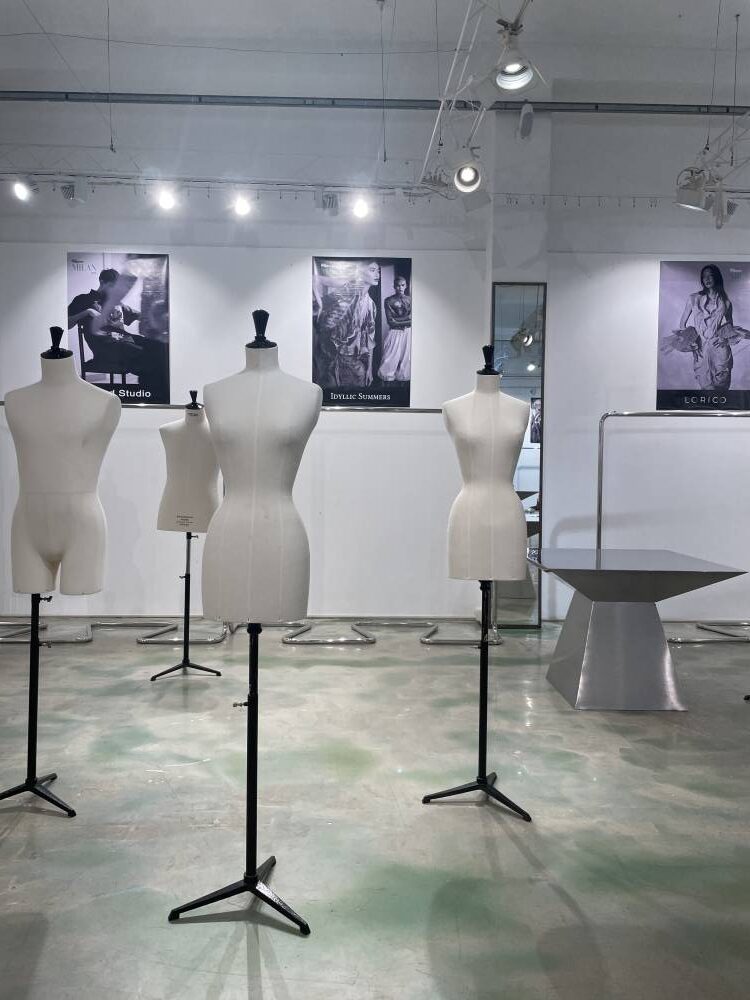
Disagreement vs. discourse
The Milan program tested that conviction in ways I hadn’t anticipated. To be vetted and mentored within such a selective context—by Carla Sozzani and Sara Maino, whose work at Vogue Italia, 10 Corso Como, and Fondazione Sozzani has long shaped the field’s editorial and curatorial standards—was an affirmation that this practice had entered the conversation on its own terms.
“You have to make choices, and it requires taking risks—but in hindsight, we are always respected for our choices,” Maino tells me. That reframed publics for me: not as spaces for validation, but as stages to declare intent.
Friction, of course, was inevitable. Within the cohort, moments of resistance surfaced from the space between our work and the structures surrounding it. That noise only underscored a deeper truth: Visibility is too often valued over substance, prestige over purpose, hierarchy over dialogue.
As I learned from Raqs Media Collective—a transdisciplinary group moving fluidly between art, theory, curation, and cultural analysis, whose work I encountered at the Royal College of Art—disagreement isn’t failure; it’s discourse. And in those moments, I was pushed to articulate what truly mattered to me: depth over spectacle, and fashion as a medium for what Foucault called critique—the ongoing interrogation of the conditions we’ve been taught to accept as given.
That process wasn’t abstract; it was tested in real time. And it was in the external arena—far from the noise—that its value became clearest. When Sozzani, after seeing our work, simply exclaimed, “Brava! Brava!”, it was proof that even in one of fashion’s most gatekept capitals, there is space for practices that move slowly, think deeply, and speak in another register.
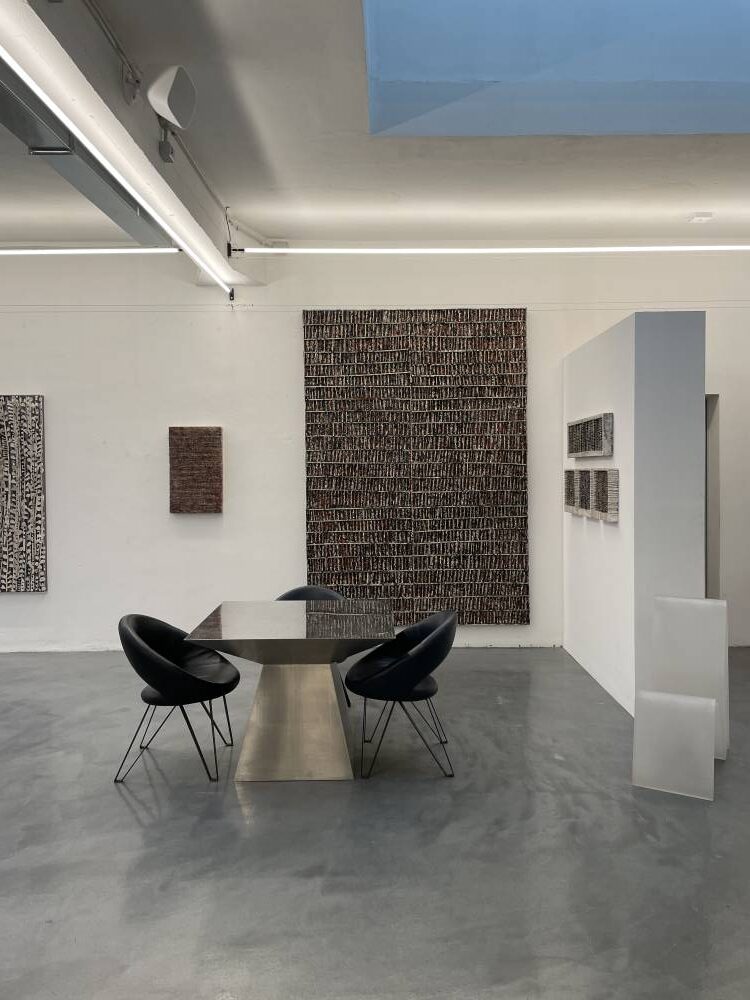
Lessons beyond the program
Yet Milan’s most formative lessons unfolded beyond the official program. Around simple meals and open bottles of wine, the designers’ cohort gathered late into the night. We didn’t talk about commercial strategy or market demands. We spoke about integrity—about how to remain truthful in a landscape that rewards compromise. We shared references, admitted doubts, and found unexpected alignments. These weren’t networking moments, but something closer to solidarity.
That camaraderie reminded me that authorship isn’t solitary. Across our varied practices—whether grounded in material research, cultural narrative, or conceptual experimentation—we were all trying to build work that carries weight and meaning. The conversations weren’t about competing for attention but about articulating shared frustrations and hopes. They revealed that the next chapter of this field will not be written by individuals chasing visibility, but by collectives committed to rigor.
Looking back, FashionPhilippines Milan was less a milestone than an affirmation. It confirmed that work from the global south—work that prioritizes authorship over spectacle and depth over noise—has a place in the global conversation.
And it clarified where I want to go next: to continue reframing what a fashion practice can be, and to treat authorship, not as a flourish, but as a structural tool for questioning economies, institutions, and cultural narratives.
FASHIONPhilippines Milan 2025 is spearheaded by the Center for International Trade Expositions and Missions (CITEM), the export promotion arm of the Department of Trade and Industry (DTI), along with the Philippine Fashion Coalition (PFC), LIT Consultancy Fashion, and the Philippine Textile Research Institute (DOST – PTRI)


